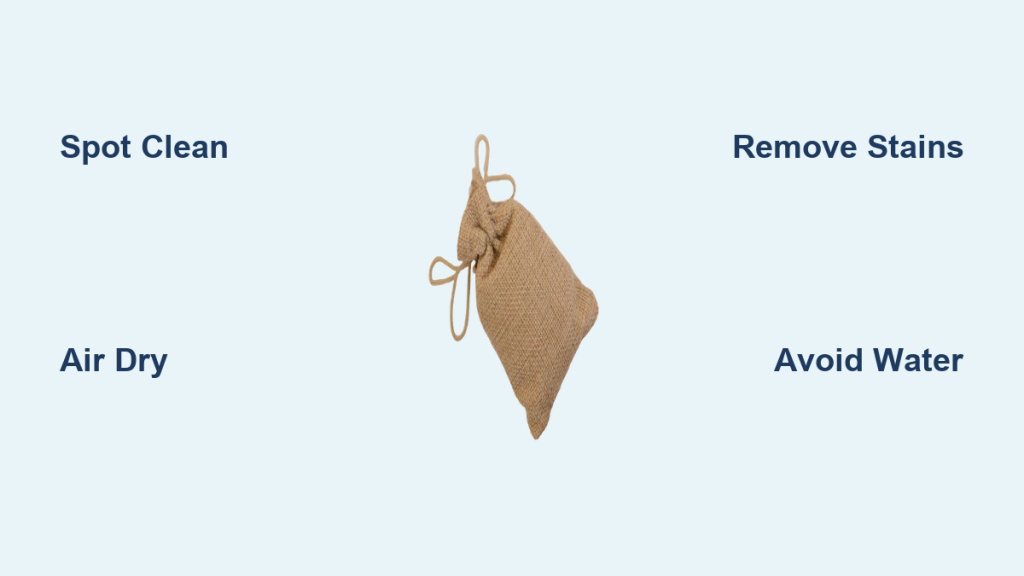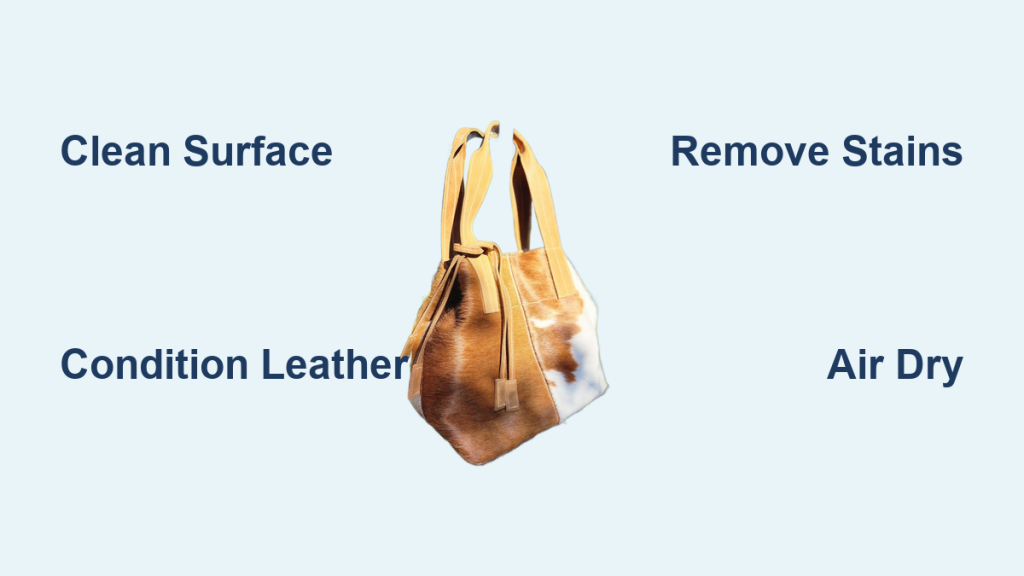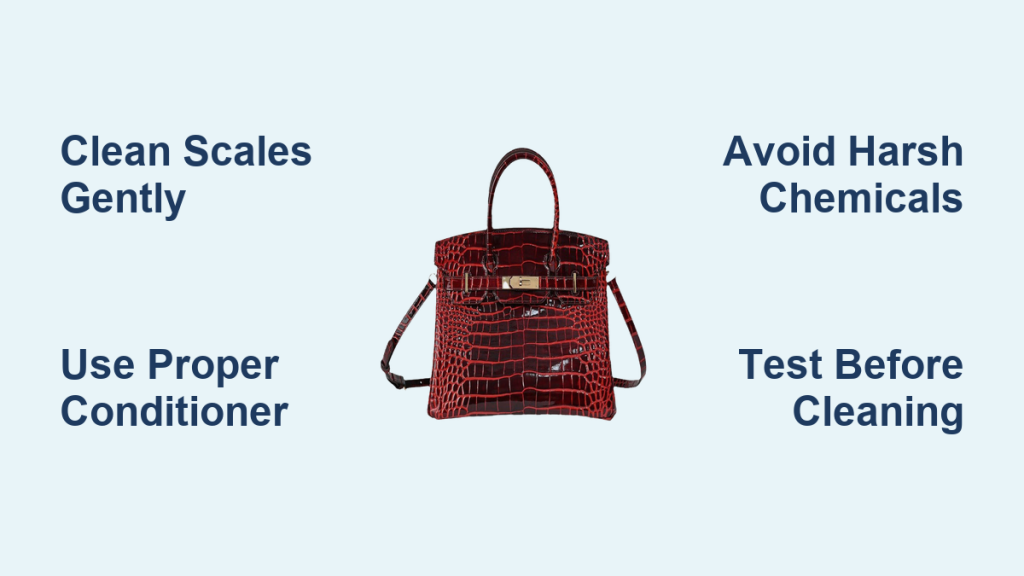Jute bags are a fantastic eco-friendly alternative to plastic, but they inevitably get dirty. Mud, spills, and everyday wear can leave your favorite jute bag looking less than its best. If you’re wondering how to clean a jute bag without damaging the natural fibers, you’re in the right place! A quick spot clean can often restore a jute bag, and this guide will show you how.
This comprehensive guide will cover everything from simple spot cleaning to more thorough washing techniques, addressing common issues like stains and odors. We’ll also delve into preventative measures to keep your jute bag looking fresh for longer, ensuring it remains a stylish and sustainable accessory for years to come. By the end of this article, you’ll be equipped to confidently clean and maintain your jute bags, preserving their natural beauty and extending their lifespan.
Understanding Jute & Cleaning Considerations
Jute is a natural vegetable fiber known for its strength and biodegradability. However, it’s also porous and susceptible to water damage and color fading. Understanding these characteristics is crucial for effective cleaning.
Why Jute Requires Special Care
- Water Sensitivity: Excessive water can weaken jute fibers and cause them to shrink or lose their shape.
- Natural Fiber Fragility: Jute isn’t as durable as synthetic materials and can fray or tear with harsh scrubbing.
- Color Bleeding: Dyes used in jute bags, especially colored ones, can bleed when wet.
- Mold & Mildew: Jute can be prone to mold and mildew growth if not dried properly.
What You’ll Need
| Item | Quantity | Specifications |
|---|---|---|
| Soft-bristled brush | 1 | Toothbrush or upholstery brush |
| Mild detergent | Small amount | Specifically for delicate fabrics; baby shampoo works well |
| Clean cloths | 2-3 | Microfiber or soft cotton |
| Cold water | As needed | Avoid hot water |
| Spray bottle | 1 | Optional, for diluted cleaning solution |
| Baking soda | As needed | For odor removal |
| White vinegar | As needed | For stubborn stains |
Spot Cleaning Your Jute Bag
Spot cleaning is the best approach for minor stains and dirt. It minimizes water exposure and helps prevent damage.
Step 1: Dry Brush Removal
Use a soft-bristled brush to gently remove loose dirt, dust, and debris. Brush in the direction of the weave to avoid damaging the fibers.
Step 2: Prepare a Mild Cleaning Solution
Mix a small amount of mild detergent (like baby shampoo) with cold water. A ratio of 1 teaspoon detergent to 1 cup water is a good starting point. Alternatively, use a pre-made delicate fabric cleaner.
Step 3: Apply and Blot
Dip a clean cloth into the cleaning solution, wring it out thoroughly so it’s damp, not wet. Gently blot the stained area, working from the outside in to prevent spreading. Avoid rubbing vigorously.
Step 4: Rinse & Dry
Use a separate clean, damp cloth to blot away any remaining detergent residue. Allow the bag to air dry completely in a well-ventilated area, away from direct sunlight or heat. Stuffing the bag with paper towels can help it maintain its shape while drying.
Deep Cleaning Your Jute Bag (Hand Wash Only!)
For more heavily soiled jute bags, a gentle hand wash is necessary. Never put a jute bag in the washing machine.
Step 1: Prepare the Wash Basin
Fill a basin or tub with cold water and add a small amount of mild detergent.
Step 2: Submerge and Gently Wash
Submerge the jute bag in the water and gently swish it around. Avoid harsh scrubbing or twisting. Focus on areas with visible dirt or stains.
Step 3: Rinse Thoroughly
Drain the soapy water and refill the basin with clean, cold water. Rinse the bag thoroughly until all traces of detergent are gone. Repeat rinsing if necessary.
Step 4: Air Dry Completely
Gently squeeze out excess water (do not wring). Allow the bag to air dry completely in a well-ventilated area, away from direct sunlight or heat. Stuffing the bag with paper towels or a clean towel will help it maintain its shape. This process can take several days, depending on humidity.
Addressing Specific Stains & Odors

Certain stains and odors require specific treatments.
Removing Oil-Based Stains
Blot the stain immediately with a clean cloth to absorb as much oil as possible. Sprinkle baking soda onto the stain and let it sit for several hours (or overnight) to absorb the remaining oil. Vacuum or brush away the baking soda. If the stain persists, repeat the process.
Eliminating Musty Odors
Jute can absorb odors easily. Sprinkle baking soda inside and outside the bag and let it sit for 24-48 hours. Vacuum or brush away the baking soda. For more persistent odors, mix equal parts white vinegar and water in a spray bottle. Lightly mist the inside of the bag (test in an inconspicuous area first!). Allow it to air dry completely.
Tackling Stubborn Stains
For stubborn stains that don’t respond to mild detergent, try a diluted white vinegar solution (1 part vinegar to 2 parts water). Test in an inconspicuous area first. Apply gently with a cloth and blot, avoiding rubbing. Rinse thoroughly with cold water and air dry.
Pro Tips for Jute Bag Care

- Waterproof Spray: Consider applying a fabric protector spray specifically designed for natural fibers to provide some water resistance. Retest periodically.
- Avoid Overloading: Overloading your jute bag can stretch the fibers and weaken the seams.
- Store Properly: Store jute bags in a cool, dry place away from direct sunlight.
- Regular Brushing: Regularly brushing your jute bag will help prevent dirt buildup and keep it looking its best.
- Rotate Bags: If you use jute bags frequently, rotate between several bags to allow each one to air out and recover.
- Ironing (with Caution): If needed, iron on a very low setting with a pressing cloth between the iron and the jute. Avoid direct contact.
When to Seek Professional Help
- Extensive Damage: If your jute bag has significant tears or damage to the structure, professional repair may be necessary.
- Severe Mold/Mildew: If mold or mildew growth is extensive, professional cleaning may be required to prevent further damage and health risks.
- Delicate Designs: Bags with intricate embellishments or delicate designs should be handled by a professional cleaner.
FAQ
Q: Can I put my jute bag in the washing machine?
A: No, absolutely not. Machine washing can severely damage the jute fibers, causing shrinkage, fraying, and loss of shape. Hand washing is the only recommended method.
Q: Will cleaning affect the color of my jute bag?
A: There is a risk of color bleeding, especially with brightly colored jute bags. Always test any cleaning solution in an inconspicuous area first.
Q: How long does it take for a jute bag to dry completely?
A: Drying time varies depending on humidity and ventilation, but it can take several days for a jute bag to dry completely. Ensure adequate airflow and avoid direct heat.
Q: Can I use bleach on a jute bag?
A: No, bleach will damage the jute fibers and cause discoloration.
Q: How can I prevent my jute bag from getting dirty?
A: Regular brushing, avoiding overloading, and storing the bag properly can help prevent dirt buildup. Consider using a fabric protector spray.
Alternative Solutions
If hand washing seems too time-consuming or you’re concerned about damaging your bag, consider a professional dry cleaner specializing in natural fibers. While more expensive, they have the expertise and equipment to clean your jute bag safely and effectively.
Keep Your Jute Bag Looking Its Best
By following these guidelines, you can keep your jute bag clean, fresh, and looking its best for years to come. Remember that gentle care and preventative maintenance are key to preserving the natural beauty and durability of this eco-friendly accessory. Don’t let a little dirt deter you from enjoying your sustainable style!
Have you tried these cleaning methods on your jute bag? Share your experiences and tips in the comments below!




